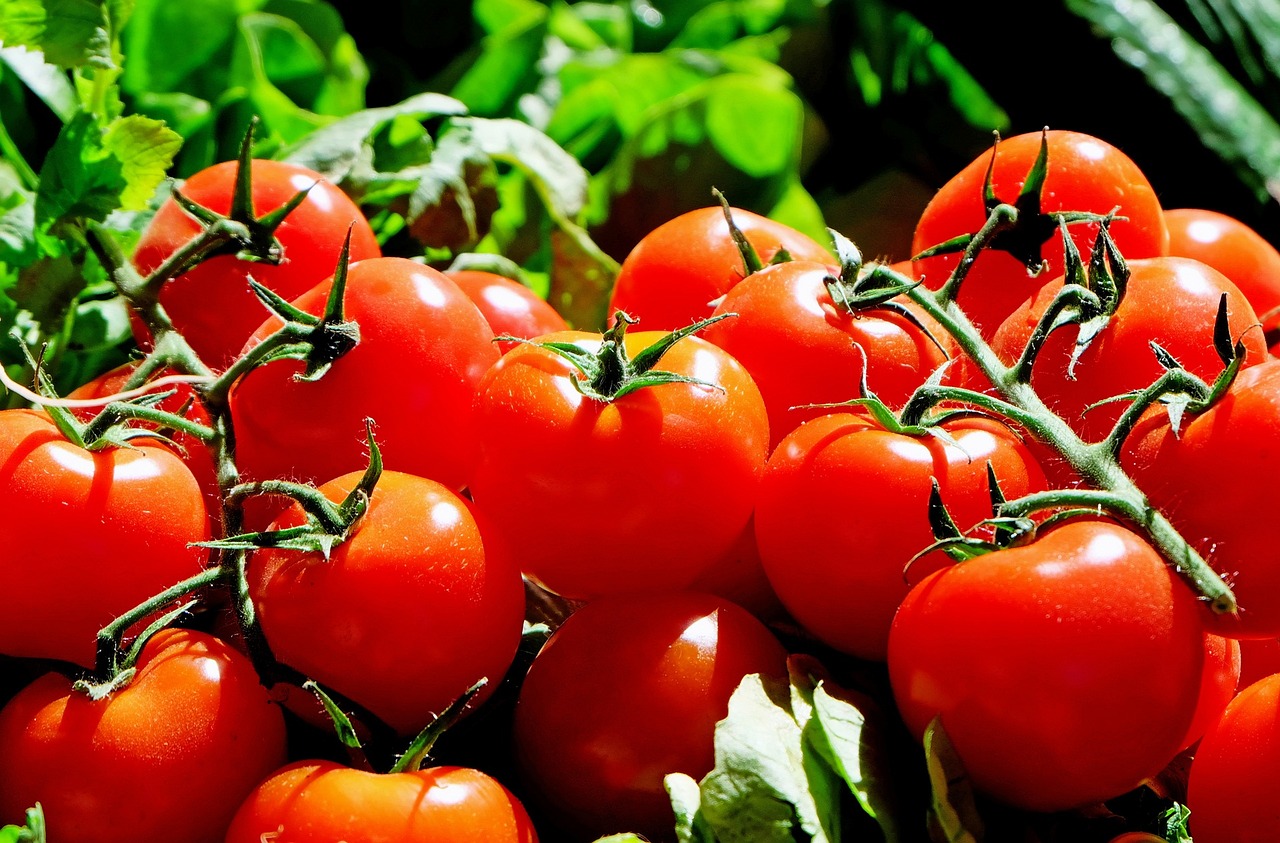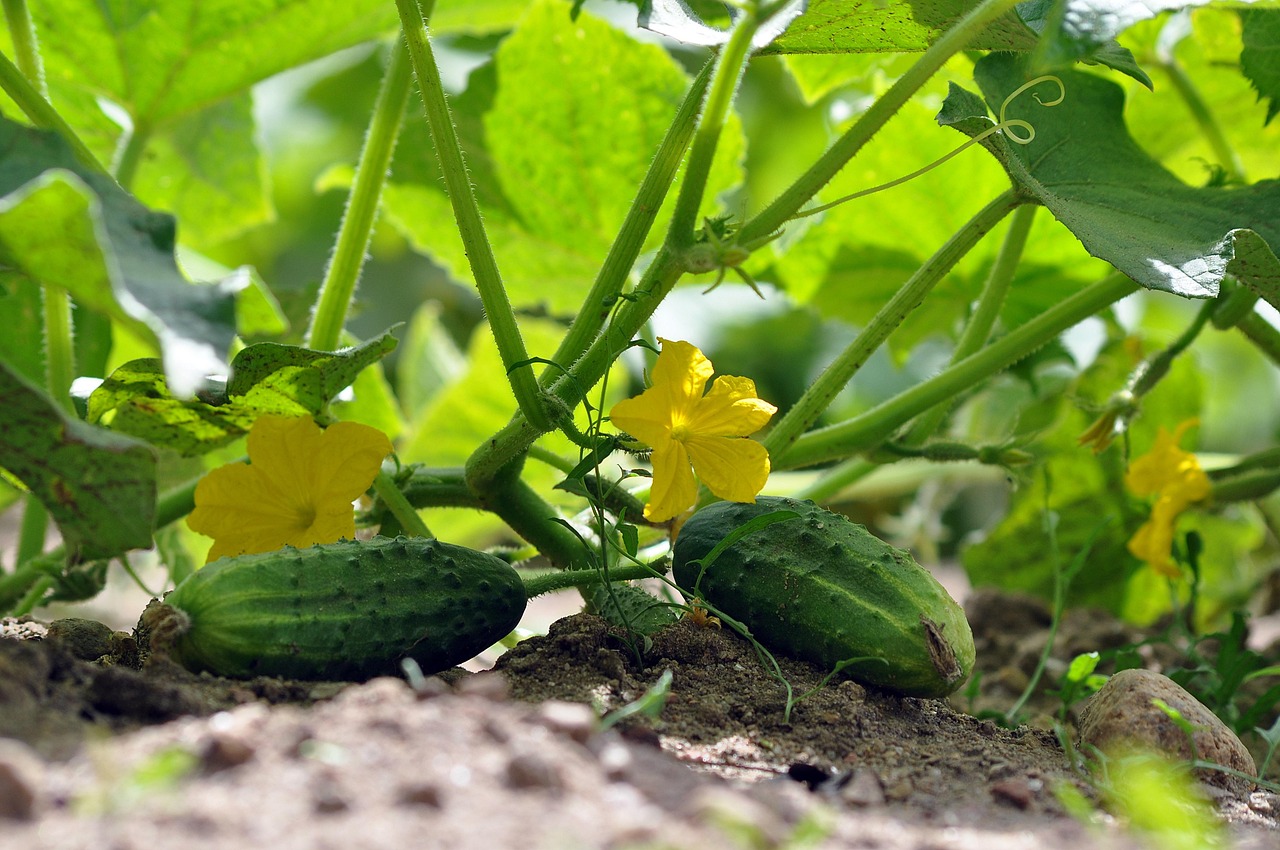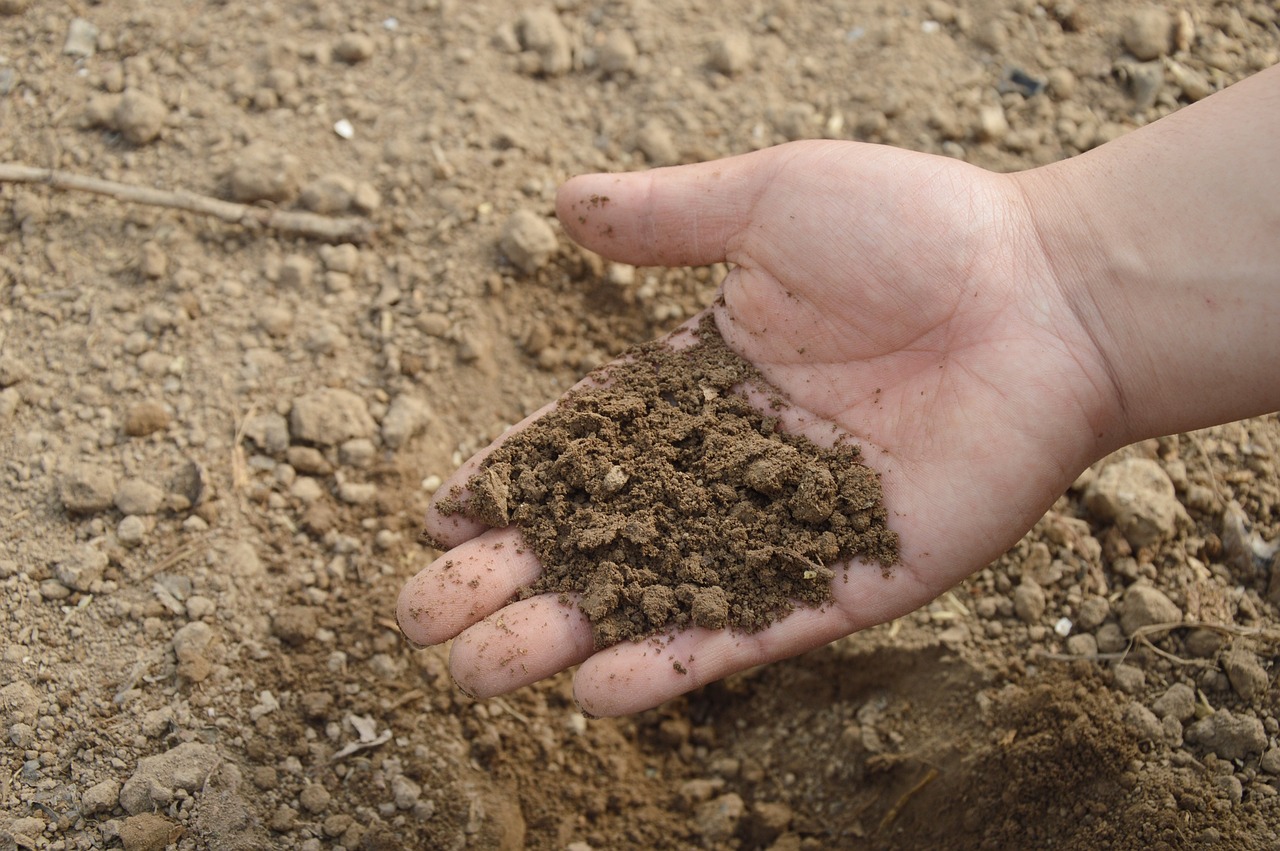There’s nothing like growing a tomato and picking one straight from the vine. It tastes richer and more real than any store-bought fruit. Tomatoes grow well everywhere—from tiny city balconies to large backyard beds. They reward gardeners of all skill levels. If you want fresh salads, juicy sandwiches, and a little neighborhood envy this summer, this guide will show you how. We’ll also look at the top causes of yellow tomato leaves.
- Choosing the Right Tomato Variety and Getting Started
- Tomato Plant Care and Common Challenges
- Tomatoes signal summer at its best.
- Top Causes of Yellow Tomato Leaves in 2025
- Expert Solutions to Restore Tomato Plant Health
- Seasonal Yellowing and Normal Leaf Drop
- Best Practices for a Healthy Tomato Harvest in 2025
Choosing the Right Tomato Variety and Getting Started
Selecting the right type sets you up for a tasty, productive season. The choices might feel endless at first, but a few clear guidelines help narrow your hunt.
Understanding Tomato Types (Determinate vs. Indeterminate, Heirloom vs. Hybrid)
Tomato plants come in two main growth habits—determinate and indeterminate.
- Determinate tomatoes (often called bush types) grow to a certain height, stop, and set almost all their fruit at once. They’re less work and great if you want a big harvest for canning or sauce.
- Indeterminate tomatoes just keep growing and producing all season. They need staking and regular pruning but reward you with fruit right up to the first frost.
Now, think about heritage and resilience.
- Heirloom varieties pack in incredible flavor and interesting shapes but can be more sensitive to diseases.
- Hybrid tomatoes are bred for toughness, consistency, and disease resistance. The flavor can be milder, but they’re steady performers.
What to choose? If yard space is tight or you only want tomatoes for salads, a compact determinate or patio plant is perfect. Fancy a tomato tasting flight every week? Go with a few indeterminates and mix in a flashy heirloom or two.

Starting from Seeds or Buying Seedlings
Both options work. The right pick depends on your space, patience, and how much you want to customize your garden.
Starting seeds:
- More choices (colors, shapes, flavors)
- Slightly cheaper per plant (not counting supplies)
- Takes effort and a bit of planning
Steps for seed starting indoors:
- Begin seeds 6-8 weeks before your last frost date.
- Use a seed tray or small pots with seed-starting mix.
- Keep warm and moist until they sprout—covering with plastic helps.
- Aim for strong light as soon as seedlings emerge. South-facing windows or grow lights work best.
- Harden off your plants by setting them outside for a few hours each day, starting about a week before planting.
Buying seedlings:
- Quicker and easier (good for beginners)
- Fewer varieties available
- Cost is higher per plant
Inspect every plant for healthy green leaves, sturdy stems, and no roots circling the bottom. Avoid leggy, yellow, or spotted seedlings.

Preparing Your Location: Soil, Sunlight, and Spacing
Tomatoes crave sun and rich, well-draining soil. Almost nothing else matters as much.
Soil:
- Loosen the soil at least 12 inches deep.
- Work in compost or aged manure for nutrients.
- Tomatoes like a soil pH between 6.2 and 6.8. A $10 soil test kit from a garden center gives you a quick answer.
- If soil drains poorly, build a raised bed or plant in large containers.
Sunlight:
- Give them 6-8 hours of direct sun each day. Less sunlight means weaker plants and fewer fruit.
Spacing:
- Determinate types need 18-24 inches between plants.
- Indeterminate types do best with 24-36 inches.
- Don’t crowd them—airflow keeps leaves dry and helps stop disease.
Tomato Plant Care and Common Challenges
Getting your plants in the ground is just the start. Ongoing care makes the difference between a handful of tomatoes and a summer’s bounty.
Watering, Fertilizing, and Supporting Your Plants
Tomatoes like even moisture, not feast-or-famine soaking. Uneven watering leads to cracked fruit or blossom end rot—a brown patch on the fruit’s bottom.
Watering tips:
- Water deeply, not just the surface.
- In hot spells, check daily (especially for container plants).
- Mulch heavily to keep roots cool and hold moisture.
Feeding:
- Start with compost in the soil.
- Side-dress with tomato fertilizer about three weeks after planting and then every month or so.
- Avoid too much nitrogen—leaves grow, but fruit lags behind.
Supporting the vines:
- Cages are easy and work for both types.
- Stakes suit indeterminates best. Tie plants loosely every foot as they grow.
- Trellises help to save space and offer good air flow.

Pruning and Training Tomatoes for Better Yields
Removing side shoots (called suckers) helps focus the plant’s energy on growing larger, tastier fruit.
- Prune indeterminate types: Pinch off suckers between the main stem and branches.
- Determinate types: Skip heavy pruning; they do best left alone.
Don’t go overboard. Leaves protect fruit from sunburn and help plants make energy.
Dealing with Pests, Diseases, and Tomato Plant Problems
Tomatoes can run into trouble: wilts, blights, hornworms, aphids—the list goes on. Bare stems or yellowing leaves aren’t always a disaster, but quick action saves plants and yields.
Common problems and fixes:
- Early blight (leaf spots, yellowing): Remove affected leaves and mulch soil. Rotate crops each year.
- Blossom end rot (dark sunken spots on fruit): Even out your watering. Use calcium-rich fertilizer if the soil test shows a lack.
- Tomato hornworms (huge green caterpillars): Handpick these pests or use Bacillus thuringiensis (Bt), an organic bacteria powder.
- Aphids (tiny insects on new growth): Spray with a strong blast of water or insecticidal soap.
Prevention works best:
- Space out plants for airflow.
- Clean up garden debris after harvest.
- Choose disease-resistant varieties if blight is common in your area.
Tomatoes signal summer at its best.
Tomatoes signal summer at its best. Don’t wait for every fruit to go deep red before picking—most varieties ripen nicely on a sunny windowsill. Store at room temperature (not the fridge) for best flavor. If you find yourself drowning in tomatoes, try slow-roasting them, making homemade sauce, or sharing with neighbors.
Grow one or two plants or fill out a backyard row—each tomato offers a chance to taste the work of your hands and see just how sweet homegrown can be. Want the tastiest sandwiches, freshest salads, or that unbeatable caprese? It all starts with a handful of seeds, a patch of sun, and a little attention each week. Tomatoes reward every gardener, regardless of their experience or space. If you try your hand this season, you’ll understand why the humble tomato has earned its place in gardens everywhere.
Top Causes of Yellow Tomato Leaves in 2025
Yellowing isn’t always the same problem. Sometimes it’s a nutrition issue; other times, water or sneaky pests are at fault. Weather shifts in recent years have also changed the rules. Pinpointing the reason saves time and your harvest. If you’re curious about more detailed background, the article “Tomato Leaves Turning Yellow? Do This Now To Stop It” breaks down these causes with current examples.

Nutrient Deficiencies
Some leaf yellowing is a plant’s cry for food. Nitrogen deficiency often appears as pale lower leaves that start yellowing from the tip inwards. Magnesium shortages lead to yellow patches between leaf veins, giving leaves a lace-like look. Iron deficiency? You’ll see younger leaves turning yellow first, while the veins stay dark green. Catching these signs early gives you a head start on plant rescue.
Watering Issues and Soil Health
Tomatoes are picky about water. Overwatering can cause roots to suffocate and leaves to yellow, starting from the base. Underwatering leads to wilt and crispy edges before yellowing sets in. Compacted or clay-heavy soil prevents roots from breathing, trapping water where it shouldn’t be. Poor soil aeration is another culprit—if roots can’t stretch, leaves go pale.
Fungal and Bacterial Diseases
Fungal diseases, such as early blight and Septoria leaf spot, create yellow patches that spread quickly. Early blight leaves classic brown rings on lower leaves. Wilt diseases or bacterial infections often cause whole stems or sections to droop and yellow fast. Knowing these patterns helps with fast diagnosis and treatment.
Pest Infestation
Aphids, whiteflies and spider mites are the usual suspects. They suck juices from leaves, causing yellow mottling and sticky residue. Heavy infestations can turn an entire plant yellow within days. Find more specifics on insect pest damage in this gardening guide from Garden Design.
Expert Solutions to Restore Tomato Plant Health
It’s not all bad news. With targeted actions, most yellowing problems can be fixed. Let’s get practical—here are the steps seasoned tomato lovers swear by in 2025.
Correcting Nutrient Imbalances
Soil testing kits are easy to use and reveal what your garden is missing. A balanced tomato fertilizer, rich in nitrogen, magnesium and trace minerals, will cover the basics. Try organic amendments like fish emulsion for a quick recovery if your plants look extra hungry. Compost tea is another gentle option for leaf and root health.
Proper Water and Soil Management
Consistent watering saves tomatoes from stress. Water deeply at the base using drip lines or soaker hoses, keeping leaves dry to prevent disease. Mulching helps, locking in moisture while blocking weeds and pathogens. Improving soil with compost keeps roots happy and avoids compaction. Want details on drip irrigation and mulch in practice? Check out these good watering practices from the University of Georgia Extension.
Disease and Pest Prevention
Disease-resistant tomato varieties are a time-saver, especially with unpredictable weather. Rotate where you plant tomatoes each year to outsmart soilborne disease. Clean up leaf litter and disinfect stakes. Integrated Pest Management (IPM) works—release beneficial bugs, use insecticidal soap for pests, and try copper sprays or neem oil for fungal issues. Extension resources on common tomato problems have up-to-date lists of safe treatments for this year.
 Photo by Kindel Media
Photo by Kindel Media
Seasonal Yellowing and Normal Leaf Drop
Not all yellowing is cause for alarm. Tomato plants naturally shed their oldest leaves as they grow taller, especially when fruit is ripening. If yellowing happens only at the bottom with no pests or spots, your plant is probably just aging. When upper leaves start to yellow or drop, though, it’s time to check for other issues.
Best Practices for a Healthy Tomato Harvest in 2025
Healthy tomatoes need ongoing care. Here’s what expert gardeners do:
- Prune lower leaves early for better air flow.
- Stake plants to keep foliage dry and off the soil.
- Scout every week for pests and disease.
- Practice crop rotation every season.
- Mulch and water consistently.
Don’t skip these steps—even the pros check them off every year. For more ongoing care tips, this Ohio Dispatch guide highlights pruning and regular plant checks for optimal results.













